Tea first came to Japan from China in the late 9th century. After the first seeds were brought to Japan by a priest, tea quickly became the drink of religious classes as well as wealthy and cultured people. Tea became an important element of passing time while socializing and enjoying arts or music. Later, over a few centuries the modern tea ceremony was adopted and developed. Today Japanese green tea it a national drink available to everyone. Below is a list of most common teas produced in Japan.

Matcha
“Rubbed tea” – Powdered tea, with a vivid green color and very grassy flavour. Generally it’s made of Gyokuro tea which is stone ground into fine powder. Matcha is the characteristic tea used in the Japanese Tea Ceremony, it is also used in preparation of food, desserts and drinks. Since we consume the powdered tea leaves while drinking matcha, we consume more of it’s nutrients then by drinking just the infusion from the leaves, but it also has higher caffeine levels. You can easily tell the quality of matcha by it’s color – the more vivid and green the better quality of the tea.

Sencha
“Broiled tea” – Most common, everyday tea in Japan. This tea has almost a needle-shaped appearance and a dark green color. Sencha is first steam-pressed, then hot-air dried and lastly pan fired. It makes up about 3/4 of overall green tea production in Japan. The first flush of sencha is called Shincha meaning “new tea”. It’s hand-picked on the 43rd day of spring, thus is rare and enjoyed for only a brief period each year. Another variety of Sencha is Matcha-iri Sencha which is a mix of Matcha and Sencha.

Genmaicha
“Brown Rice tea” – Sometimes also called ‘popcorn tea’ is a blend of sencha and roasted brown rice (you can also find rice grains that have popped, which resemble popcorn). It gives a very aromatic and delicate light yellow color liquer. Originally it was a tea of the poor Japanese and the rice served as a filler for tea leaves, so the tea would be cheaper, but today it’s a widely popular tea. You might also come across Matcha-iri Genmaicha which is a blend of Genmaicha and Matcha and has both a stronger color and flavor then regular Genmaicha.

Gyokuro
“Jade Dew” – This is a shaded tea, which means that the tea plants are covered from the sun for a few weeks before harvest. This gives the final product a vivid and intense green color. Gyokuro is the highest grade of Japanese tea. It contains highest amounts of minerals and vitamins after Matcha.

Kabusecha
“Covered tea” – Similar to Gyokuro, but is only semi-shaded as it’s grown in about 45% shade and for a shorter period of time – 20 days before harvest. Has a more delicate flavor and is sweeter then Sencha.

Fukamushicha
“Deep Steamed tea” – Popular sencha, that undergoes a two or three times longer steaming process, which gives its leaves coarser shape and a less bitter taste. The infusion can be slightly misty. Sometimes called Hukamushi, but can be also marked as ‘Extra steamed Sencha’. This tea is rather unknown outside Japan.

Tamaryokucha
“Curly tea” – Tea with a berry-like, grassy, sweet taste and low in caffeine. It is processed in the same way as regular sencha, but at the last stage the leaves are rolled, which gives them the curly appearance. Comes from southern parts of Japan and is suitable for festive occasions. Another name for this tea is Guricha.

Hojicha
“Roasted tea” – Consists of pan-fired or oven roasted Bancha or Sencha tea leaves, has a strong flavor and has little caffeine. Due to the low caffeine content it’s often served to hospital patients and children. This tea holds very little bitterness.
 Kukicha
Kukicha
“Stalk tea” – Tea composed of tea plant stalks and twigs left from the production of Gyokuro and Sencha. The infusion is fresh and light. This tea is very similar to Hojicha, but it’s not roasted.

Bancha
“Common tea” – A lower grade of tea harvested in late summer beginning of autumn as a 3rd or 4th flush, with yellow color liqueur and deep, full flavor. Bancha is usually made of larger leaves, growing further down on the tea plant bush. Once very popular, but is now often replaced by Sencha. It also lacks the sweetness that Sencha has.
Kamairicha
“Pan-fried tea” – This tea does not undergo the regular steaming process, it has a short withering period and afterwards it’s fired in a hot iron pan in up to 300°C. They way Kamairicha is processed gives it’s leaves a flat appearance. Can also be referred to as ‘Chinese green tea’, because the pan-frying process in which the tea is processed came from China.

Mugicha
“Roasted Barley tea” – This is not a green tea and contains no camellia sinesis leaves. Corn is often added to the roasted barley to make this tea, which is quite popular in Japanese restaurants. Also called Boricha in Korean.
Mecha
“Buds and Tips tea” – As the translation implies this tea is made of buds and tips collected very early in the spring when the drops are still young. Has a deep flavor and a bitter aftertaste. Usually it’s graded between Gyokuro and Sencha. Mecha can be thought of as a high quality Sencha.
Samples of Matcha-iri Sencha and Matcha-iri Genmaicha


Less common teas
Aracha – This is raw tea. After harvest is is initially steamed or roasted and the moisture content is reduced to prevent oxidation. From here it will be sorted into Sencha, Kukicha etc. and further processed. Aracha is sold for consumption also but not readily available outside of Japan.
Asamushicha – Low-steamed leaves treated by soft steaming less than 30 seconds
Awabancha – During the summer, the tea leaves are picked, then boiled. After boiling the tea leaves, they are rubbed and placed in a barrel to ferment. They are then dried under the sun. The tea is made in Tokushima. It has a stale aroma
Dancha – Brick Tea that is steamed, mold-pressed & dried
Funsaicha – Pulverized yellowish green super-fine tea-powder made from ordinary non-shaded tea
Gabarancha – GamaAminoButyricAcid increased tea – fresh raw tea-leaves incubated in nitrogen gas (anaerobically treated) before ordinary manufacture for better hypotensive effect.
Goishicha – A post heating fermented tea made in Tosa. After fermenting and drying it is cut into small compressed cubes. It is used to drink and to make a tea porridge by some.
Hachijuhachiyacha – “88th-night”- after ‘Risshun’ day is a tea picked around May 2. Provides great flavour and minimal bitterness for a high content of amino-acids.
Kancha – Cold-season tea that is steamed, non-rolled, sun-dried mature big leaves plucked in January.
Kenkoocha – Healthy Tea – processed tea leaves mixed with herbs.
Konbucha – Again, this is a beverage made not from tea leaves but from soaking konbu (seaweed kelp) in hot water. Often konbucha is brewed and reconstituted into a powder which can be mixed with hot water. Sometimes it is flavored with shiso leaves. It has a rather salty taste and is considered to be healthful.
Kokeicha – are pine needle-like shaped leaves with a soft, aromatic typical green tea taste. Manufactured according to a special process where the green tea is crushed into powder, apparently blended with rice starch, kneaded, extruded and finally dried.
Kuradashi-Sincha – Spring tea (best leaves)stored in temperature controlled warehouses after processing till Autumn.
Mizudashicha – This tea consists of Gyokuro or Sencha leaves broken in a way so that they can be infused in cold water, This is a tea for hot summer days.
Tencha – is a very special tea, that is quite rare even in Japan. Tencha is the base tea for making powdered Matcha. The color is dark green and the flakes of tea are unique. Tencha is made in the same way as gyokuro, but by drying without rolling. The brew is sweet and ethereal.
Tokumushicha – Specially deep-steamed leaf fragments, dispersed by extra-long (120sec) stir-steaming.
Ujicha – tea from a small town called Uji located in the Kyoto region
Guides – Chinese Oolong | Chinese White | Chinese Red | Chinese Yellow



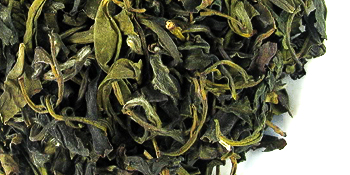
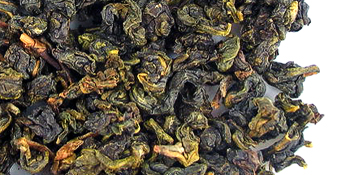 Dong Ding
Dong Ding 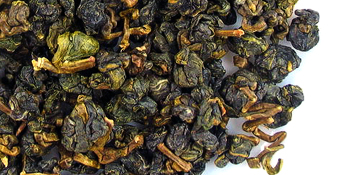 Gao Shan
Gao Shan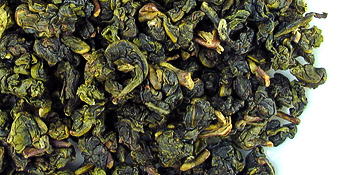
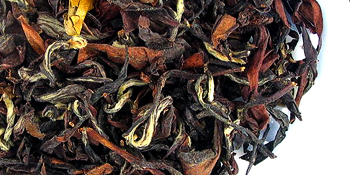
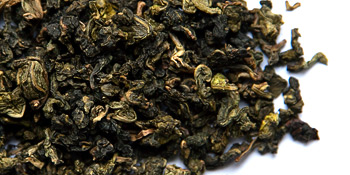 Jin Xuan
Jin Xuan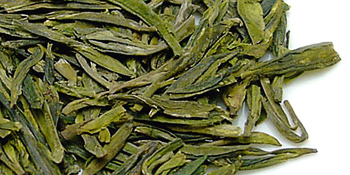 Long Jing
Long Jing 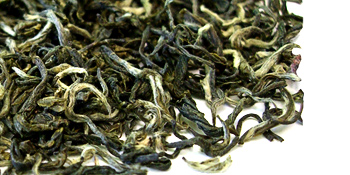 Bi Luo Chun
Bi Luo Chun 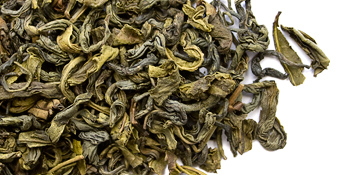 Chun Mee
Chun Mee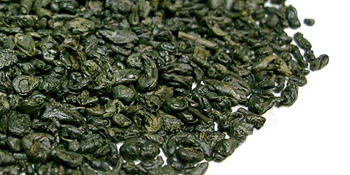 Zhu Cha
Zhu Cha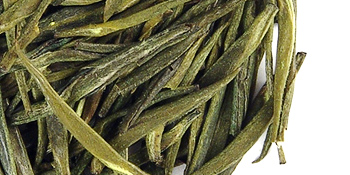 Zhu Ye Qing
Zhu Ye Qing 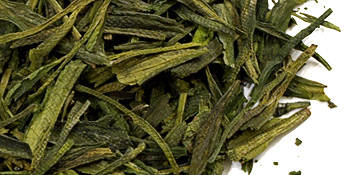 Hou Kui
Hou Kui 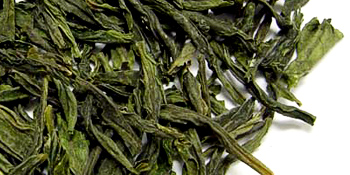 Liu An Gua Pian
Liu An Gua Pian 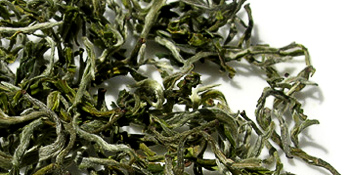 Mao Feng
Mao Feng 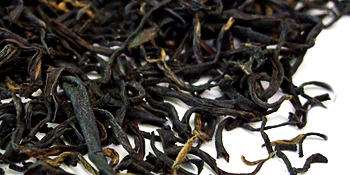
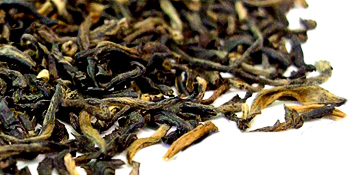
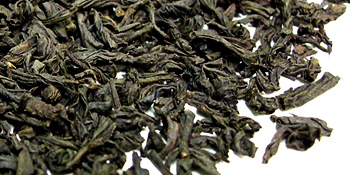
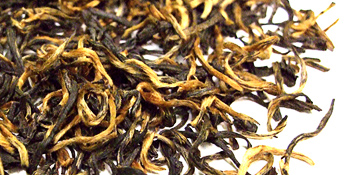
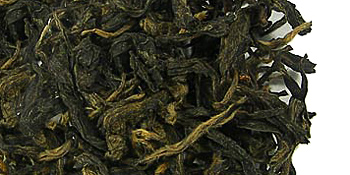 Ying De Hong
Ying De Hong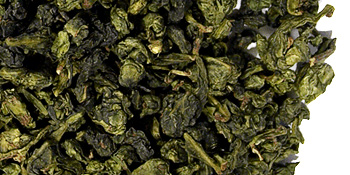 Tie Guan Yin – “Iron Guan Yin” (Goddess of Mercy) a famous Chinese tea from An Xi in the Fujian province. It’s very close to green tea, as it undergoes little oxidation, but lacks the green tea astringency. The flavor and aroma also differs greatly depending of if the leaves have been lightly or heavily roasted. There are many varieties of which the nest ones are called Guan Yin Wang, meaning Guan Yin King.
Tie Guan Yin – “Iron Guan Yin” (Goddess of Mercy) a famous Chinese tea from An Xi in the Fujian province. It’s very close to green tea, as it undergoes little oxidation, but lacks the green tea astringency. The flavor and aroma also differs greatly depending of if the leaves have been lightly or heavily roasted. There are many varieties of which the nest ones are called Guan Yin Wang, meaning Guan Yin King.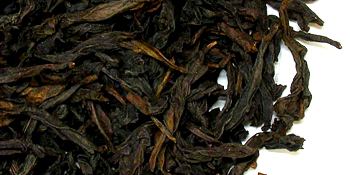 Da Hong Pao – “Big Red Robe” famous and legendary tea from Wu Yi Mountain, said to have cured the mother of a Ming Dynasty emperor from illness, who ordered the bushes from which the tea came to be clothed in red robes 0 thus the name Big Red Robe or Scarlet Robe. The brown-color leaves have a curled and twisted, non-uniform appearance. It has a rich and deep flavor with a floral note.
Da Hong Pao – “Big Red Robe” famous and legendary tea from Wu Yi Mountain, said to have cured the mother of a Ming Dynasty emperor from illness, who ordered the bushes from which the tea came to be clothed in red robes 0 thus the name Big Red Robe or Scarlet Robe. The brown-color leaves have a curled and twisted, non-uniform appearance. It has a rich and deep flavor with a floral note.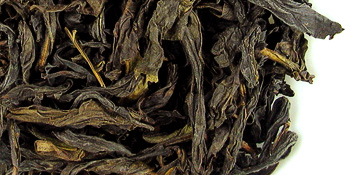 Dan Cong – “Single Bush” as the name implies the tea is made of leaves from a single tree. The Dan Cong trees have a single trunk and they grow tall (about 1,8 meters) and straight up. This tea is sweet and peachy.
Dan Cong – “Single Bush” as the name implies the tea is made of leaves from a single tree. The Dan Cong trees have a single trunk and they grow tall (about 1,8 meters) and straight up. This tea is sweet and peachy.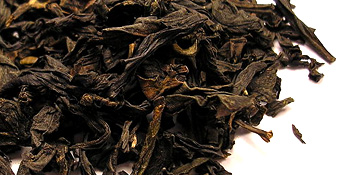
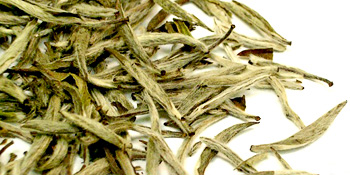 Jun Shan Yin Zhen
Jun Shan Yin Zhen 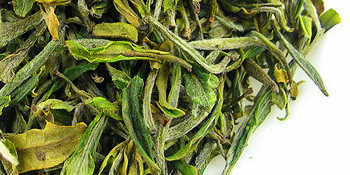 Huo Shan Huang Ya
Huo Shan Huang Ya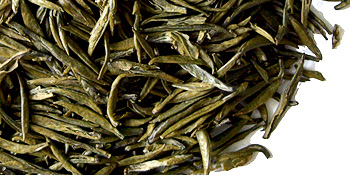
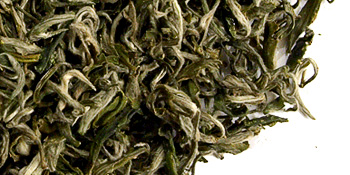 Song Yang Ying Hou Cha
Song Yang Ying Hou Cha Bai Hao Yin Zhen
Bai Hao Yin Zhen  Pai Mu Tan
Pai Mu Tan  Shou Mei
Shou Mei Fujian New Craft White Tea
Fujian New Craft White Tea







 Kukicha
Kukicha




